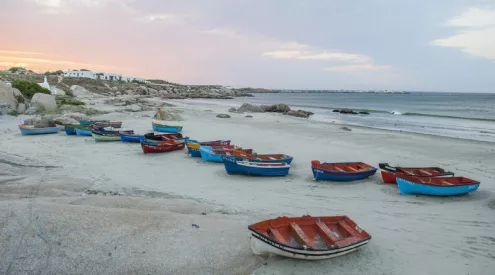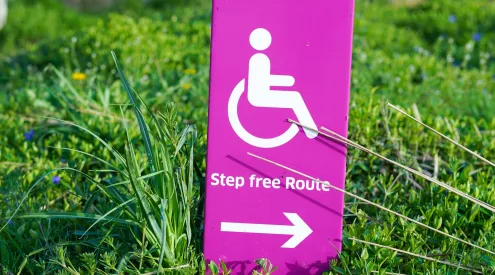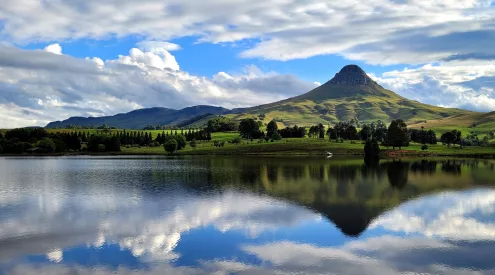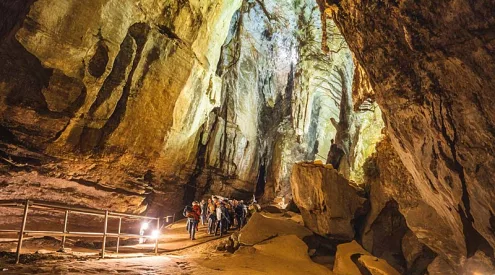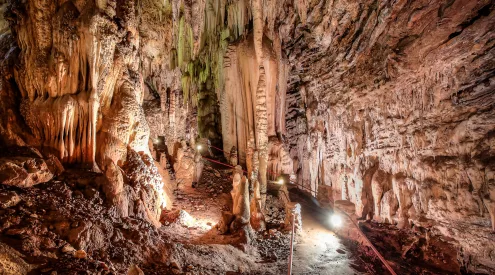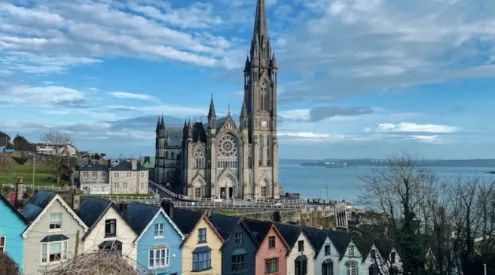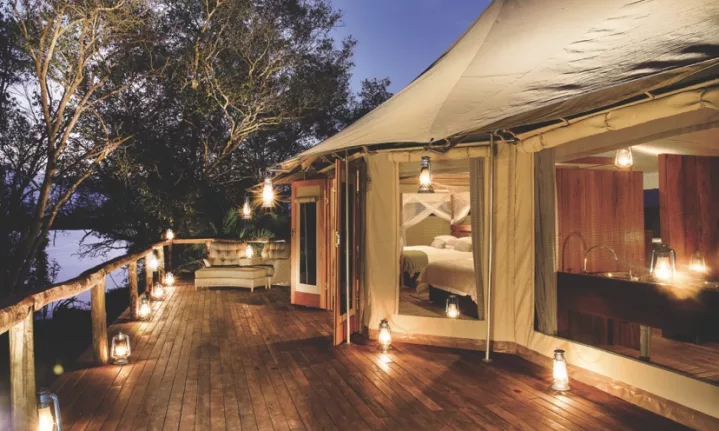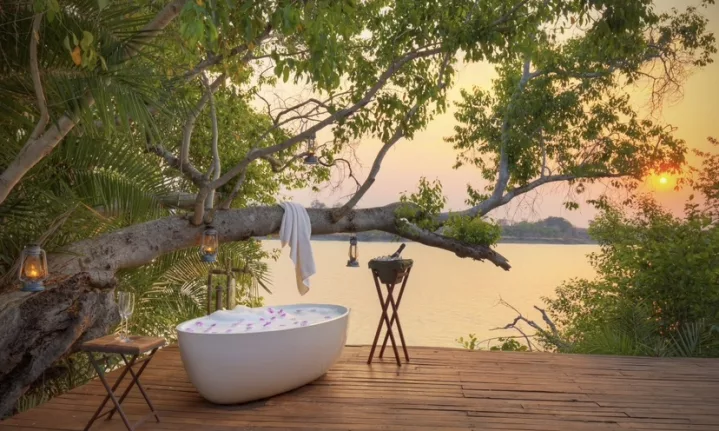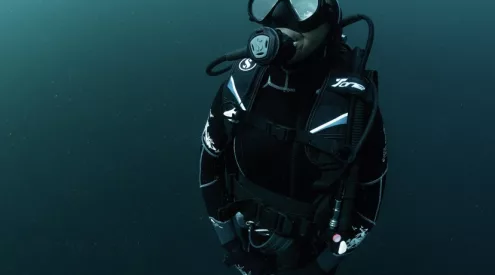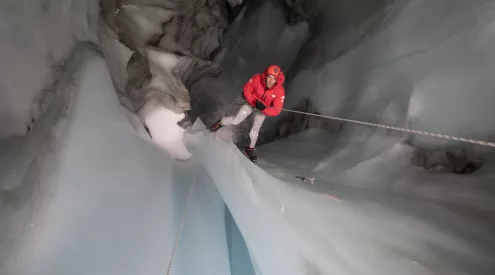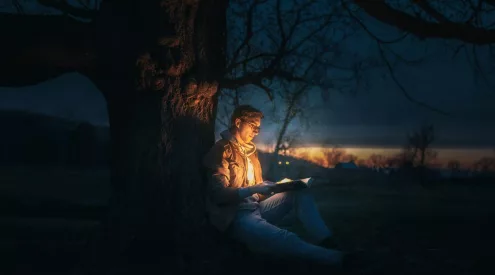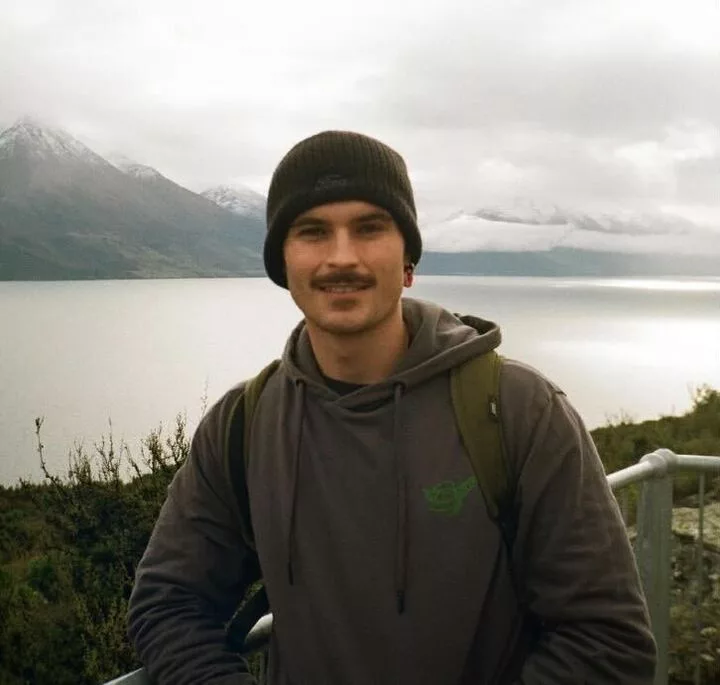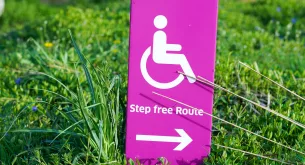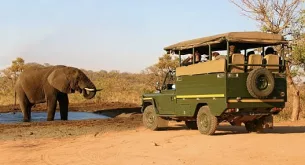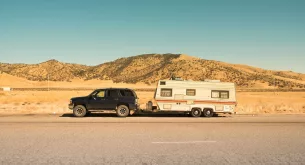Around midnight on a Thursday night in June last year, a fire started at Green Safari’s Ila Safari Lodge in Kafue National Park, Zambia.
By sunrise the entire boma area (reception, dining, bar and pool) was gone. Fortunately, the guest rooms remained intact, and the guests were unharmed. The blaze had also not spread to the surrounding national park.
Green Safaris is passionate about preserving some of the most pristine wildlife areas in Africa, and its goal is to leave the areas where it operates as untouched as possible.
It all started with Ila Lodge back in 2016. The Ila boma, on the banks above the Kafue River, was the first big thing Green Safaris built. Its distinctive semi-circular structure was constructed using a pioneering sandbag eco-building technique. Also at the core of Green Safaris is the understanding that true sustainability is based on the ability to grow and adapt.
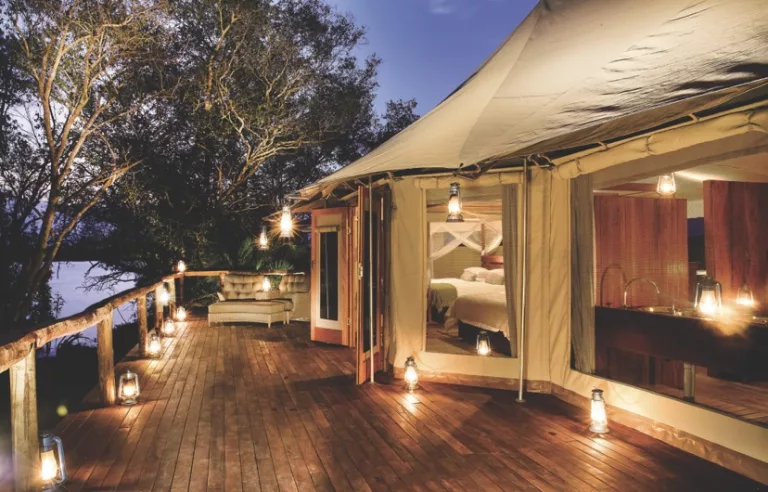
And so, they set about re-imagining a new structure, deciding to use this as an opportunity to implement new techniques and knowledge to build something fresh and relevant that represents what Green Safaris is today.
ALSO READ: Leopard lands on hood of open vehicle during game drive in Kruger
Vincent Kouwenhoven, the founder of Green Safaris, said: ‘I started thinking about the reconstruction…I vividly remember a brainwave of an infinity sign forming in my mind the weekend after the fire. It represents my wish for the new Ila to remain forever and a day.’ Vincent worked with Architect Bert Meerstadt, who turned his ideas into a functional design and brought them to life.
The new main building – in the shape of an infinity symbol, of course – was constructed in South Africa and slightly resembles the architecture of Ila’s sister lodge, Chisa Busanga, on the Busanga Plains, where the rooms are reminiscent of giant birds’ nests. The building came disassembled and was re-erected on site, with ancillary buildings such as the kitchen, office, toilets built using hydraform bricks. They’re made with clay from old termite mounds, abundant around the lodge.
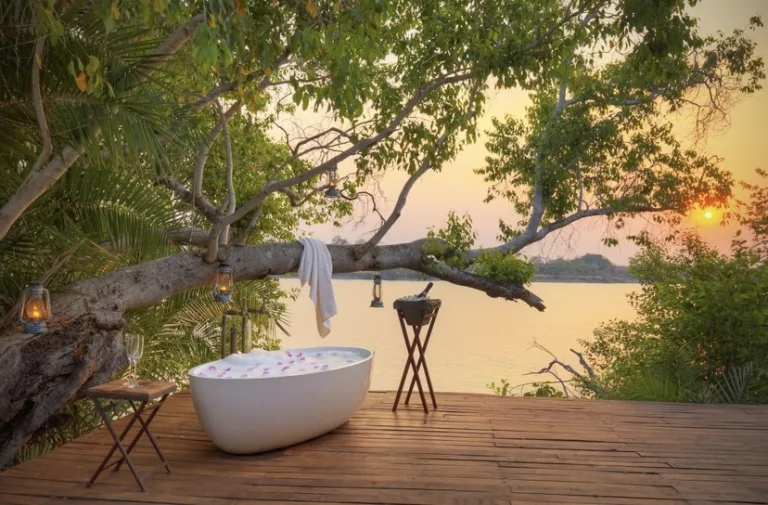
A key priority for Green Safaris is to blend in with nature and to build in such a way that, if the lodge ever closed, the company could hand the land back to nature without leaving a trace. By designing a lodge that touches lightly on the earth and is built from local, natural and sustainable materials and methods, Ila Safari Lodge is a perfect example of Green Safaris’ ethos brought to life.
Kafue National Park is Zambia’s oldest and largest national park and one of the continent’s wildest. At 22 400 km², it’s larger than some countries (Jamaica, Qatar, Eswatini and more) and represents 36% of Zambia’s reserves – a staggering 9% of the country’s total land mass. Kafue is also a significant part of the vast five-country Kavango-Zambezi Transfrontier Conservation Area.
Surprisingly, given its size, the park remains one of Africa’s best-kept secrets. It’s little-known and little visited, with massive tracts of still-pristine bush. You probably won’t encounter another vehicle while on a game drive.
There are at least 161 species of mammals, 22 of which are antelope (Kafue has the highest antelope diversity of any African park). There are six cat species, about 500 species of bird, and nowhere else in Africa can you see blue duiker, sable, roan, red lechwe, Lichtenstein’s and Defassa hartebeest, elephant, buffalo, leopard, wild dog, hyena, hippo and yellow-backed duiker all in one park.
This article was written by Sue Adams for Getaway’s April 2024 print edition. Find us on shelves for more!
Follow us on social media for more travel news, inspiration, and guides. You can also tag us to be featured.
TikTok | Instagram | Facebook | Twitter
ALSO READ: Not Alone



